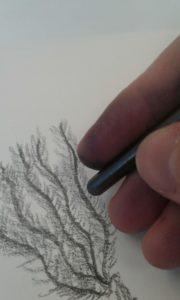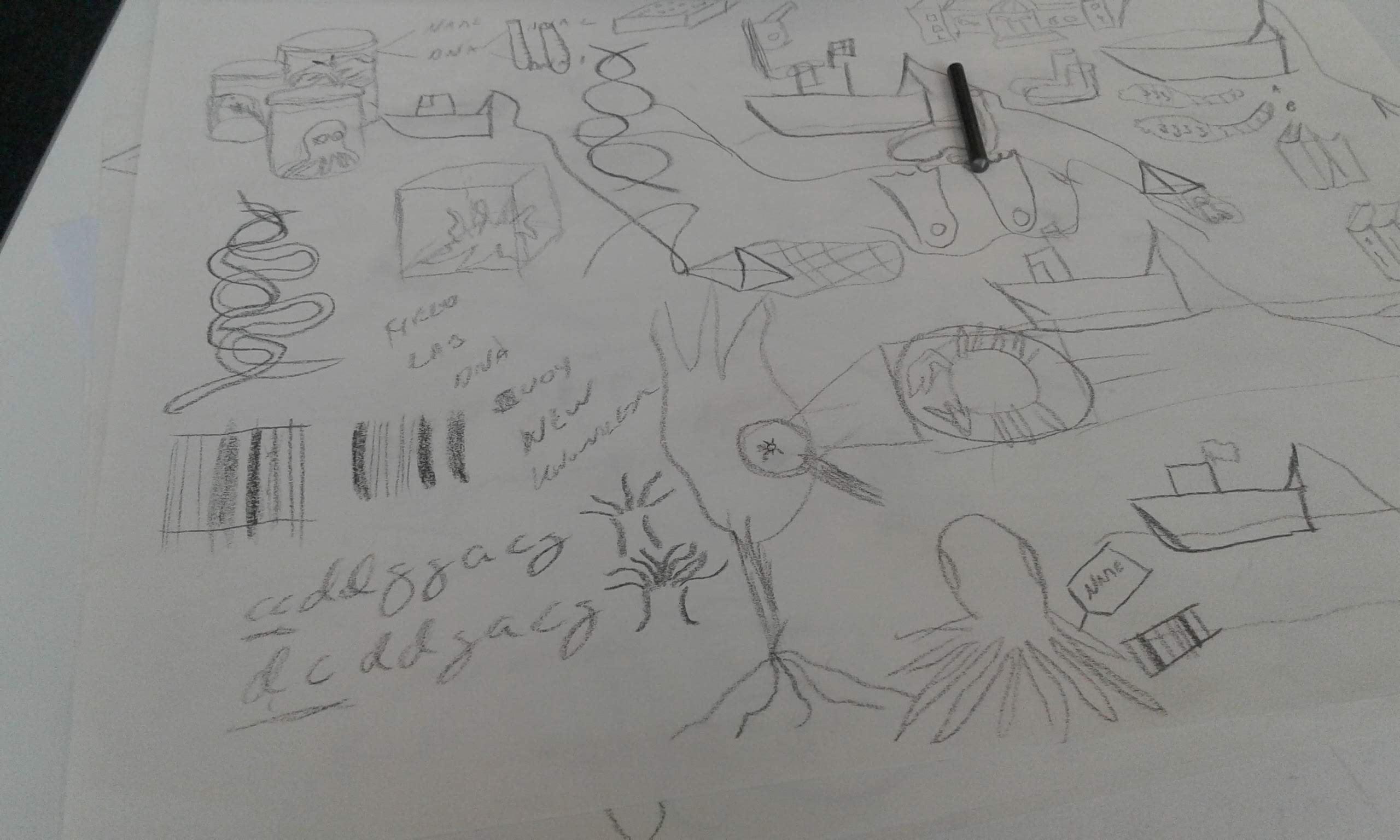 I (Katrine) recently attended a course on how we can use illustrations to (better) communicate our science.
I (Katrine) recently attended a course on how we can use illustrations to (better) communicate our science.
The course was offered as a joint effort of four Norwegian research schools: CHESS, DEEP, ForBio and IBA, and I got my spot through ForBio (Research School in Biosystematics).
The course was taught by Pina Kingman, and covered a lot of different topics in four days, from messy drawing with charcoal to using graphic software for digital illustrations:
- Principles of design and visual communication
- How to apply these principles to illustration and graphic design, which in turn will inform all visual material you might want to create, including; graphical abstracts, presentation slides, poster presentations, journal articles, graphs, data visualisation, project logos, animations and outreach material.
- Best practices for poster and slide presentation design
- Step by step method on how to draw your own research
- Introduction to sketching by hand
- Crash course in digital illustration with mandatory pre-course digital tutorials
Now, we were sternly told on day 1 that we were not allowed to say that we could not draw…but let’s say that some people have more of an affinity for it than I do – see above for proof! None the less, a concept was to be developed, discussed and improved during group work, and ultimately transformed into a digital illustration by the end of day 4.
Most of my fellow students were creating something related to their ongoing research, such as an illustration to be used in a paper of their PhD. On the last day we presented our work for the class, and got the final feedback from the group. Spending a whole day looking at cool graphics and learning about people’s work on such varied topics as water flow in magma, colour patterns on Arctic rays, better diagnosis of tuberculosis, and ecosystem modelling was really enjoyable, and the feedback I got was very helpful.
I opted for an outreach-approach, creating a lot of small illustrations that will be individually useful in future presentations and such, and which could be combined into a small comic about our scientific collections. The comic has been shared on Twitter and Instagram (do follow @hardbunnsfauna!), and now here:

The end product of the course; a short introduction to our scientific collections, how we work, and how we integrate data such as DNA-barcodes and morphological traits of the animals to do our research!
Thank you to Pina, Mandy (& the other arrangers), and the class for a wonderful learning environment and a fun couple of days!
-Katrine

